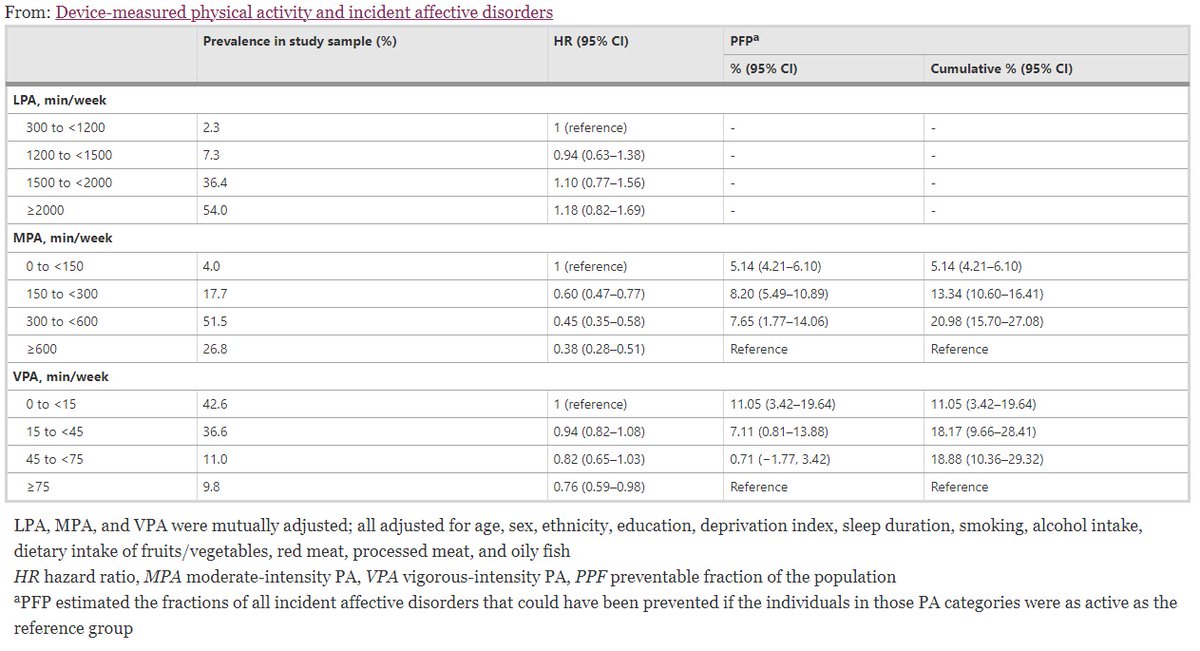
This Mendelian randomization study finds coffee consumption to be causally associated with risk of oesophageal cancer, with some evidence that this is related to a temperature effect.
- Augmented risk of oesophageal cancer was the main determinant of the increased digestive system cancers with coffee drinking reported in the present study.
- Interestingly, thermal injury to the oesophagus may also be an important oncogenesis driving factor.
The authors provided further evidence in support of the thermal injury hypothesis by demonstrating that oesophageal cancer risk is consistently augmented in all strata of hot beverage drinking.
Although the precision was limited in the very hot strata due to low power, it is also notable that the magnitude of the effect was largest for individuals in the two strata with preference for the warmest drinks.
- Similarly to coffee, genetically-predicted caffeine consumption was found to positively associated with an increased risk of GI cancer, oesophageal cancer and multiple myeloma, but inversely associated with risk of leukaemia.
Coffee consumption and cancer risk: a Mendelian randomisation study (open access)
doi.org/10.1016/j.clnu…
#coffee #caffeine #nutrition #diet #cancer
doi.org/10.1016/j.clnu…
#coffee #caffeine #nutrition #diet #cancer
• • •
Missing some Tweet in this thread? You can try to
force a refresh
















